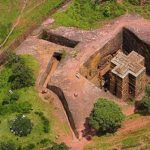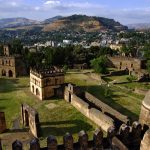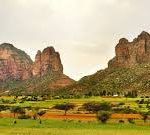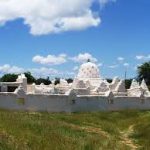The Walled City of Harar
Registered as World Heritage in 2006, the fortified historic town of Harar is located in the eastern part of the country on a plateau with deep gorges surrounded by deserts and savannah. The walls surrounding this were built between the 13thand 16th centuries. Harar Jugol, said to be the fourth holiest city of Islam, numbers 82 mosques, three of which date from the 10thcentury, and 102 shrines, but the townhouses with their exceptional interior design constitute the most spectacular part of Harar’s cultural heritage. The impact of African and Islamic traditions on the development of the town’s building types and urban layout make for its particular character and uniqueness.
The origins of Harar are obsecure, and the main source of information is oral tradition. There are myths, according to which, in July 1256, there arrived from the Arab Peninsula 45 sheiks who chose this site to found the city. Some sources indicate that Harar came into being around the 10th century or even earlier. Islam was introduced to Ethiopia in the 9th century. Three mosques of Harar have been dated to the 10th century( Aw Mansur and Garad Muhammad Abogh in Jugol, and Aw Machad Mosque outside). Between 1277 and 1285, a neighboring lord created a coaliyionof five Muslim principalities. From that time on, the trade was in the hands of the Muslim,and Harar became a princilpal trading post. In the 16th century, Harar was established in its present urban form and from 1520 to 1568 it was the capital of the Harari Kingdom. From the second half of the 16 century until the 19th century, Harar was noted as a centre of trade and Islamic learning in the Horn of Africa. In the 17th century it became an independent emirate. Nevertheless, this was also a period of decline, and the population fell from some 50,000 to 12,000.
Source: Authority for Research and Conservation of Cultural Heritage






Leave a Reply